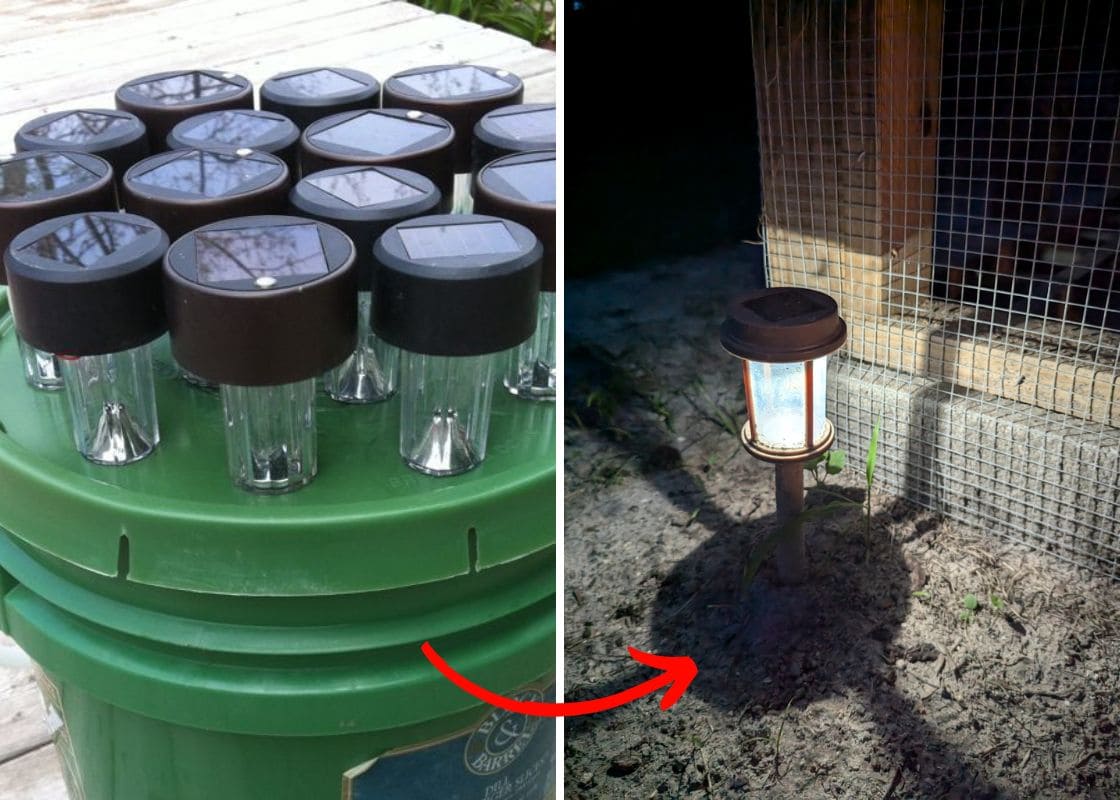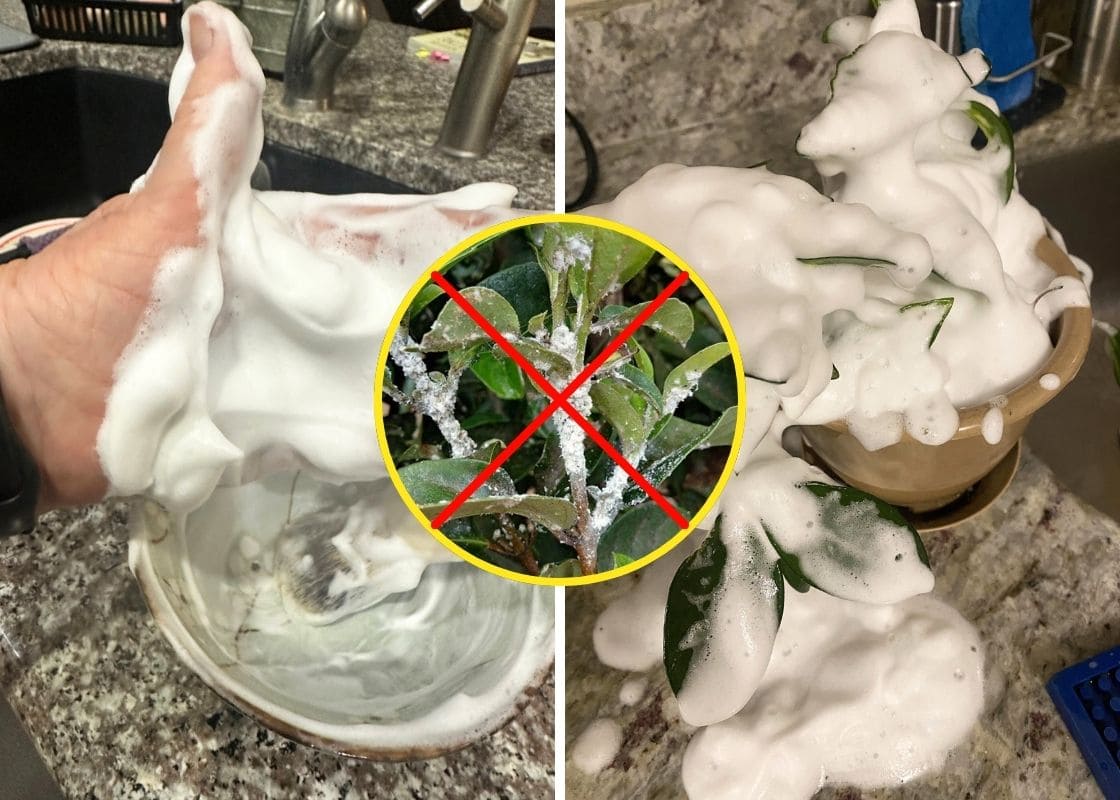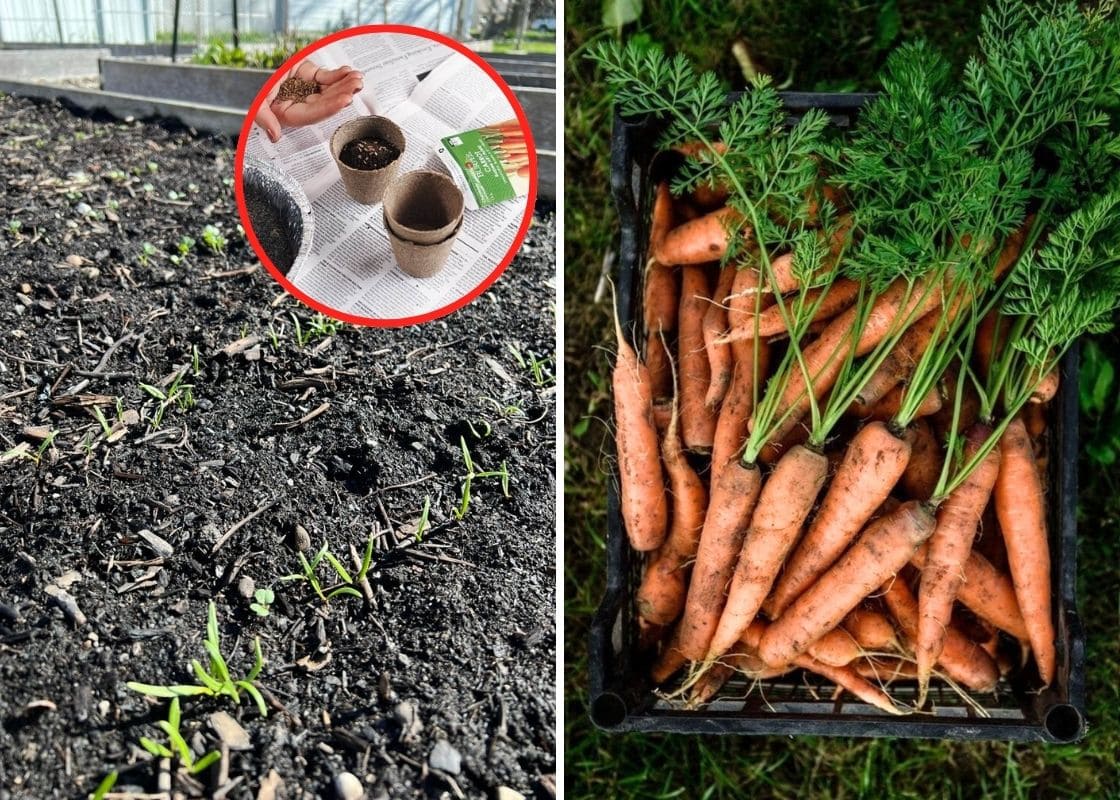Winter can prove quite challenging to the gardener, but it is simply a season packed with opportunities and special jobs that continue to keep the green thumb busy.
Having spent many winters tending the cold soil of a garden in Peterborough, New Hampshire, I can vouch for it: winter gardening is all about preparation, protection, and planning for the vibrant seasons ahead.
We are here to guide you on some of the important tasks and planting tips to help keep your garden very much alive even in the frostiest months.
Winter Gardening: Chores and Key Planting Information
Preparing the garden for winter should begin long before the first frost. Here’s how:
Make Clean and Mulch:
Clean off the fallen leaves, dead plants, and debris from your garden. Not only does this make your garden look tidy, but it also protects it from overwintering pests and diseases.
Mulch with a thick layer to protect the cleaned soil. Mulching will save moisture and provide insulation to plant roots from extreme temperatures.
Personal Tip: Love homemade compost mixed with straw as a mulch; it gives extra nutrients and insulates the soil to keep it warm.
Making Those Perenn
At this time of year, perennials are given a little extra care to carry them through the winter. Cut back foliage to prevent disease, and mulch the base of the plants.
Don’t forget that stronger winds and frosts can also be combated with the use of burlap wraps or cloches for more delicate perennials.
Watering Schedule:
Make sure plants are well-watered prior to the ground freezing. Hydrated plants can best tolerate cold weather. Avoid overwatering; it may result in root rot.
Winter Planting: What to Plant
Believe it or not, there are certain hardy vegetables and flowers that actually grow best in winter. Here are some of the best:
Hardy Vegetables:
Kale, Brussels sprouts, and winter lettuce are some of the vegetables that enjoy colder conditions. Plant them into the ground in late fall to harvest in the winter.
These vegetables not only will tolerate frost, but many of them will taste better after having been exposed to a bit of cold.
Winter Flowers:
Flowers like pansies and violas, hellebores bloom during the winter season, giving your garden a great look.
These flowers brighten the dreariest of winter days and provide cheer.
Personal Experience: One winter, I planted pansies in the pots on either side of my front door. Each morning, their bright colors seemed to say ‘Good Morning.’ and really helped take the chill off cold winter mornings.
Greenhouse Gardening:
Winter is the prime time to plant a lot of stuff, including herbs like parsley, cilantro, and mint, which sometimes struggle just a bit being planted outside in winter.
This is the place where these plants find the best habitat, under the regulated environment provided by a greenhouse.
Winter Gardening Must To Do List
Keeping on top of a few critical jobs will help ensure your garden’s survival through the winter:
Pruning:
This can be done in winter, probably when there will be less sap moving around, which will be the ideal time. It also allows the plant enough time to regrow new, healthy growth.
Make sure that your cutting tools are kept clean and are sharp. This will help you avoid disease transfer.
Human Ecology:
Garden trash may be winter hibernation sites for some pests; check trash in the garden and eliminate suspected infestations.
You may have to put up barriers or traps, especially around your most susceptible plants.
Planting Cover C
Cover crops protect soil health, prevent soil erosion, add organic matter, and suppress weeds.
Plant them in late fall and let them overwinter.
Encouraging Note: A blow-in-the-wind cover crop is a great place to be—no matter what is happening in the world.
Indoor Plant Care:
During winter, do not leave the indoor plants outside in the cold. Natural light is not much at this time, so place the indoor plants closer to the source of light.
Reduce watering but raise the humidity to a high level to simulate their natural habitat.
You should have a Spring Planning
This is the time to plan next summer’s garden, so ways to make the most of planning during this winter:
Plant Arrangement:
Look at your garden design and consider the changes you want to make. Think of rotation and where plants are to be grown.
Seed Choice:
Buy your seeds early so you can have the widest choice available, but make sure they are cultivars suited to the local climate and soil. Do something slightly different this year to keep the gardening interesting.
Personal Experience: I like to sit by the fireplace, flipping through the seed catalogues and dreaming of all the colors that will be in the garden in spring. Not a bad way to spend a snowy day.
Tools Maintenance
Winter is the right time to clean, sharpen, and repair your gardening equipment. Good tools take the struggle out of gardening and turn it into a pleasure.
Winter Gardening Tips and Tricks
Let me tell you some more tips on how to get the most of your winter garden:.
Put on frost cloths
Frost cloths protect plants against extreme changes in temperature. Lightweight and easy to handle, they promise hope for securing a far higher survival rate for your plants.
Establish a windbreak
Windbreaks will aid in protecting your garden from severe winter winds. Plant evergreen shrubs or use temporary barriers to shield the plants.
Have a good time
Gardening in winter can be a rather slow and contemplative activity. One can enjoy the quiet time of a garden just resting and regenerating.
Reassuring Thought: Keep in mind, all the work you do in the garden over winter is a down payment on a beautiful, productive spring.
Frequently Questions and Answers
Q: Can I grow anything in an unheated greenhouse during the winter?
A: You can definitely grow lettuces, spinach, and radishes since these are crops that are tolerant of the cold. A greenhouse offers enough protection to keep them from freezing.
Q: How often should I water the plants during winter?
A: Water less frequently than in summer, but do not allow soil to become completely dry. The trick is keeping the moisture without waterlogging.
Q: What is the best winter mulch?
A: The good ones are organic mulches, such as straw, wood chips, and leaves. They insulate the soil, slowly decompose, and add nutrients.
CONCLUSION
Winter gardening seems like such a daunting task, but it goes quickly with the right preparation and frame of mind.
Follow these planting tips and you will accomplish these two tasks— not only keeping your garden alive during the winter but also paving the way for a super spring.
Enjoy the season, enjoy the process, knowing, too, that a time will come for every garden—like for every gardener—to rest and rejuvenate.
Feel free to ask more questions, or better still, share your experience on gardening in winter. Happy gardening!






